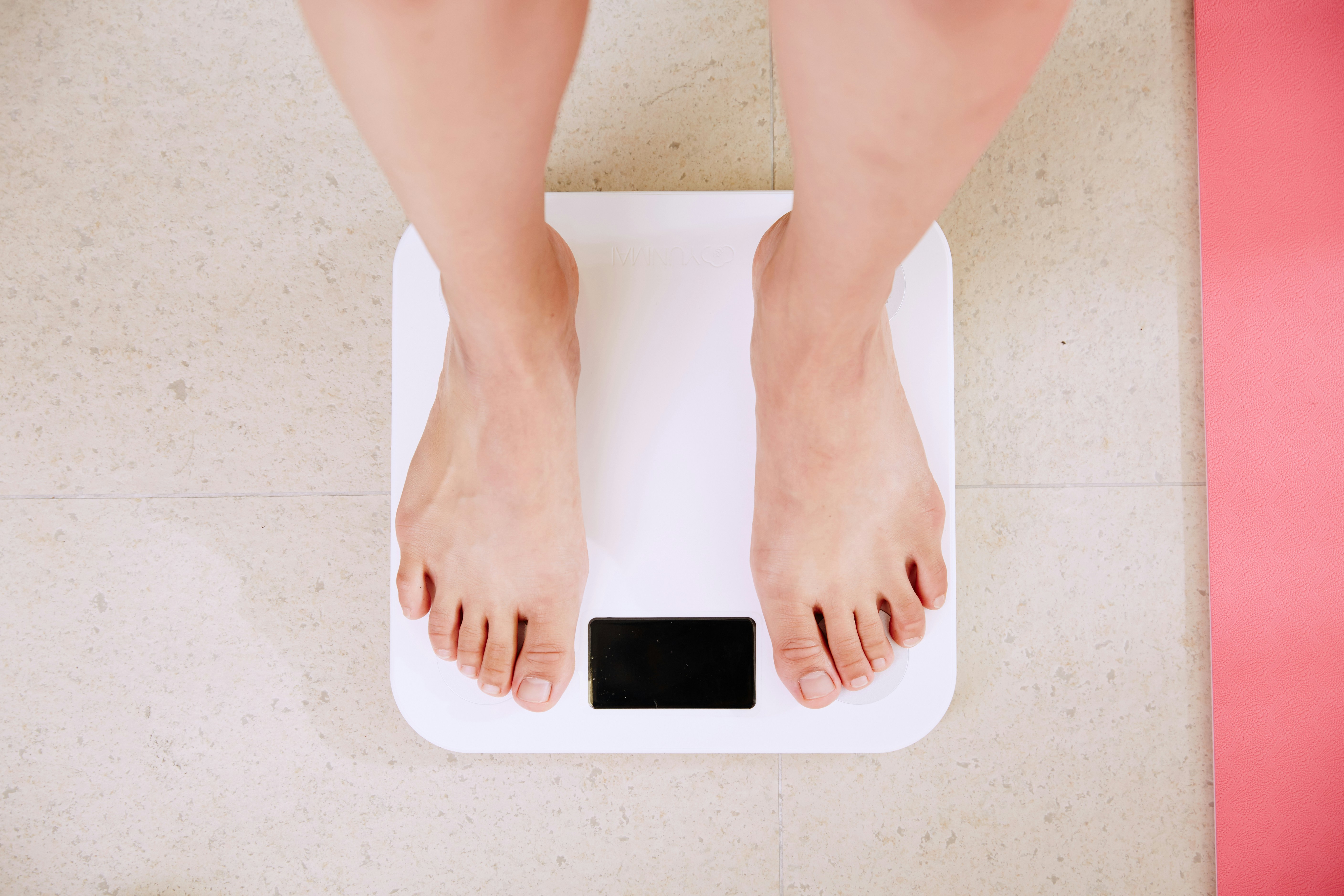Discover Tips for Managing Overactive Bladder Symptoms
Living with overactive bladder (OAB) affects millions of Americans, causing frequent urination, sudden urges, and potential incontinence that can significantly impact daily activities. The good news is that numerous evidence-based strategies and treatments can help you regain control and improve your quality of life. From simple lifestyle modifications to professional medical interventions, understanding your options empowers you to make informed decisions about managing this common condition effectively.
What Are the Most Effective Overactive Bladder Remedies?
Several proven remedies can significantly reduce overactive bladder symptoms when implemented consistently. Bladder training techniques form the cornerstone of effective management, involving scheduled voiding and gradually extending the time between bathroom visits. This approach helps retrain your bladder to hold more urine while reducing urgent sensations.
Pelvic floor exercises, commonly known as Kegel exercises, strengthen the muscles that support your bladder and control urination. Performing these exercises correctly involves contracting your pelvic floor muscles for three seconds, then relaxing for three seconds, repeated 10-15 times per session. Regular practice throughout the day can notably improve bladder control within several weeks.
Dietary modifications also play a crucial role in symptom management. Identifying and avoiding bladder irritants such as caffeine, alcohol, spicy foods, and artificial sweeteners can reduce urgency and frequency. Maintaining adequate hydration while timing fluid intake appropriately helps prevent both dehydration and nighttime disruptions.
How Can You Implement Overactive Bladder Treatments at Home?
Home-based treatments offer convenient and cost-effective approaches to managing overactive bladder symptoms. Creating a structured bathroom schedule helps establish predictable patterns and reduces anxiety about sudden urges. Start by tracking your current voiding patterns for several days, then gradually extend intervals between scheduled bathroom visits.
Double voiding techniques can help ensure complete bladder emptying. After urinating normally, wait a moment, then attempt to urinate again. This practice helps prevent residual urine that might contribute to increased frequency and urgency.
Temperature therapy provides another accessible home remedy. Applying warmth to your lower abdomen or back can help relax bladder muscles and reduce spasms. Conversely, some people find that avoiding extremely hot or cold beverages helps minimize bladder irritation.
Stress management techniques such as deep breathing exercises, meditation, and progressive muscle relaxation can indirectly improve overactive bladder symptoms. Since stress and anxiety often exacerbate urinary urgency, developing healthy coping mechanisms supports overall bladder health.
What Professional Options Support Managing Overactive Bladder?
Professional healthcare services offer comprehensive approaches to overactive bladder management when home remedies prove insufficient. Urologists specialize in diagnosing and treating urinary tract conditions, providing advanced diagnostic testing and personalized treatment plans. These specialists can prescribe medications like anticholinergics or beta-3 agonists that help relax bladder muscles and increase storage capacity.
Physical therapists with pelvic floor specialization offer valuable guidance for proper exercise techniques and biofeedback training. These professionals use specialized equipment to help you identify and strengthen the correct muscle groups while ensuring optimal exercise form and progression.
| Treatment Type | Provider | Cost Estimation |
|---|---|---|
| Initial Urologist Consultation | Specialized Medical Centers | $200-$400 per visit |
| Pelvic Floor Physical Therapy | Licensed Physical Therapists | $75-$150 per session |
| Prescription Medications | Pharmacies/Insurance Coverage | $30-$200 monthly |
| Bladder Botox Injections | Urological Specialists | $500-$1,500 per treatment |
Prices, rates, or cost estimates mentioned in this article are based on the latest available information but may change over time. Independent research is advised before making financial decisions.
Behavioral therapy sessions with trained counselors can address the psychological aspects of overactive bladder, including anxiety and lifestyle modifications. These professionals help develop coping strategies and provide support for implementing long-term management techniques.
Some healthcare providers offer specialized bladder clinics that provide comprehensive, multidisciplinary care combining medical, behavioral, and educational approaches. These facilities often provide the most thorough evaluation and coordinated treatment plans for complex cases.
How Do Lifestyle Changes Impact Overactive Bladder Management?
Sustainable lifestyle modifications form the foundation of successful overactive bladder management. Weight management plays a significant role, as excess weight can increase pressure on the bladder and surrounding muscles. Even modest weight loss can improve symptoms substantially.
Regular exercise supports overall bladder health by maintaining healthy weight, reducing stress, and promoting proper circulation. Low-impact activities like walking, swimming, and yoga provide benefits without placing excessive pressure on the pelvic floor. However, high-impact exercises might temporarily worsen symptoms for some individuals.
Sleep hygiene practices directly affect nighttime symptoms. Limiting fluid intake 2-3 hours before bedtime and elevating your legs during evening relaxation can reduce overnight urinary frequency. Creating a clear path to the bathroom with adequate lighting improves safety and confidence during nighttime visits.
When Should You Seek Local Services for Professional Help?
Recognizing when to seek professional assistance ensures timely and appropriate care for overactive bladder symptoms. Consider consulting healthcare providers in your area when home remedies fail to provide adequate relief after 6-8 weeks of consistent implementation.
Sudden onset of symptoms, blood in urine, pain during urination, or significant changes in urinary patterns warrant immediate medical evaluation. These signs might indicate underlying conditions requiring specific medical treatment.
If overactive bladder symptoms significantly impact your work, social activities, or sleep quality, professional intervention can provide more advanced treatment options and restore your quality of life.
Managing overactive bladder effectively requires a comprehensive approach combining evidence-based home treatments, lifestyle modifications, and professional healthcare when needed. By implementing bladder training techniques, pelvic floor exercises, dietary changes, and stress management strategies, many people achieve significant symptom improvement. When home remedies prove insufficient, consulting with urologists, specialized physical therapists, or comprehensive bladder clinics provides access to advanced treatments and personalized care plans that can restore confidence and comfort in daily activities.
This article is for informational purposes only and should not be considered medical advice. Please consult a qualified healthcare professional for personalized guidance and treatment.





